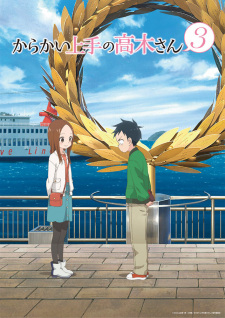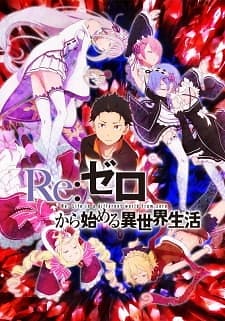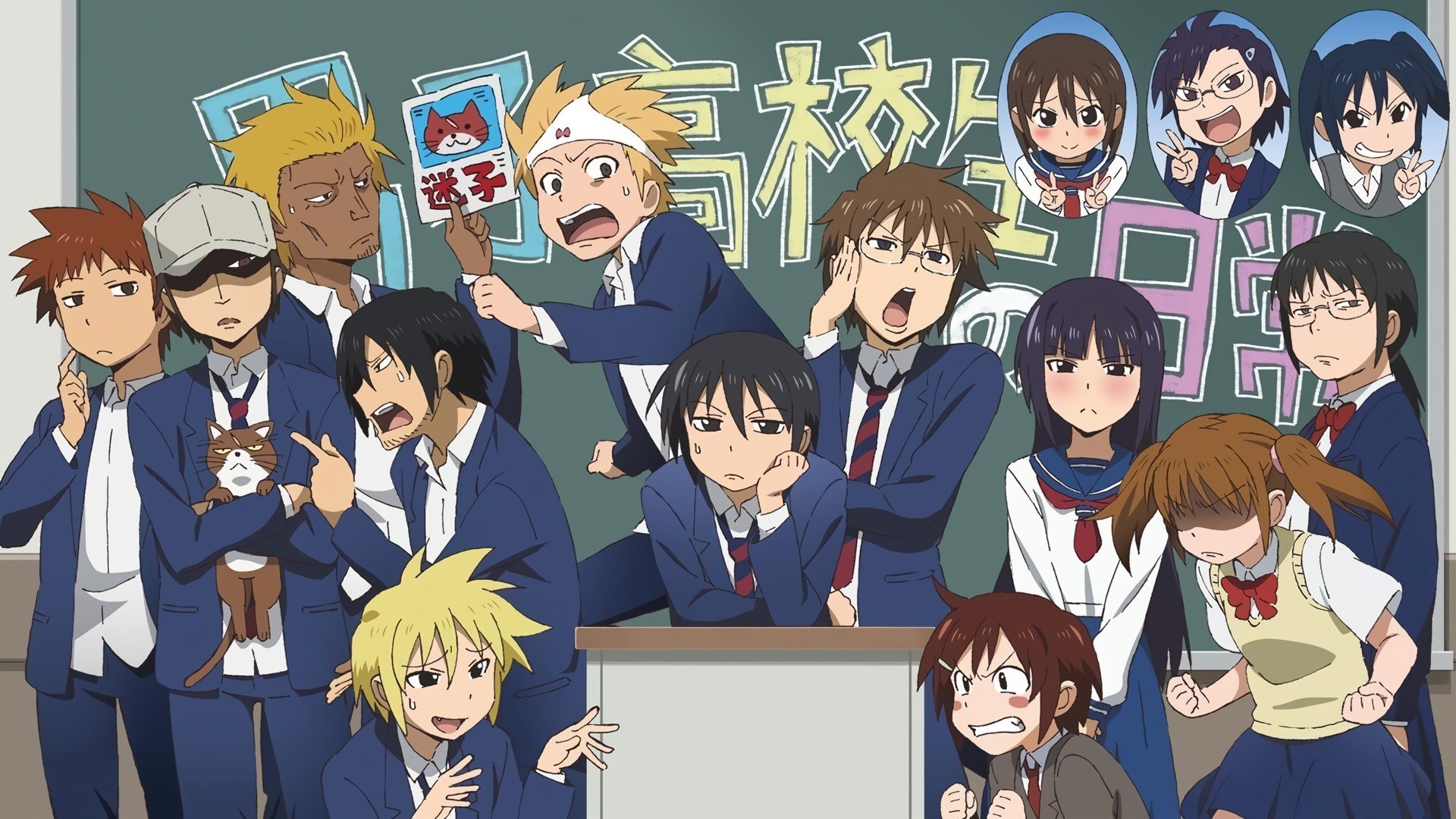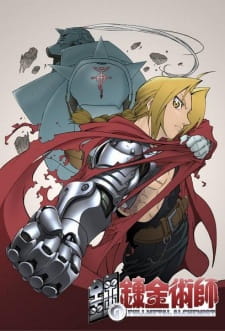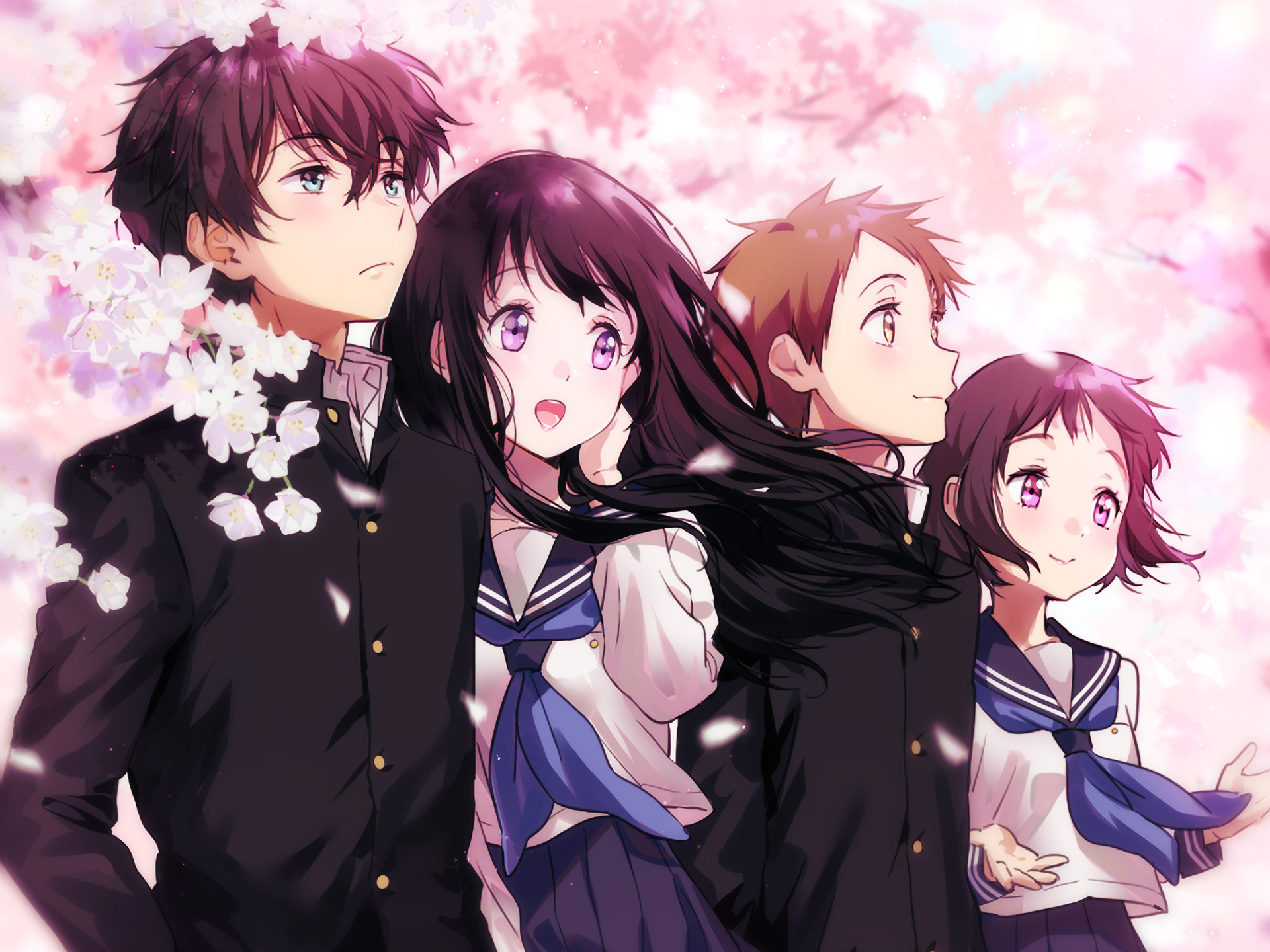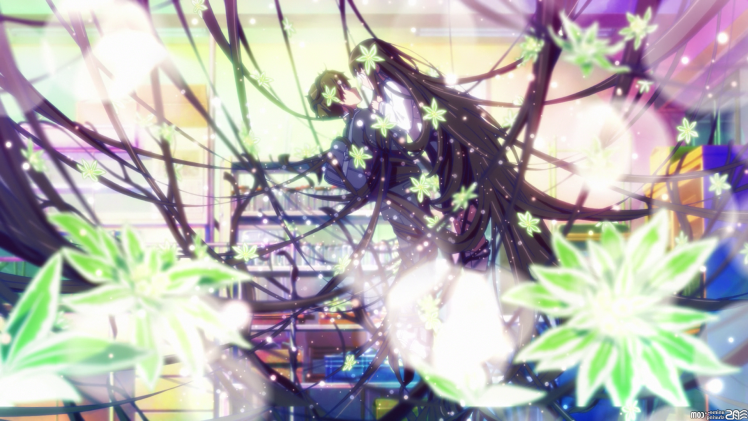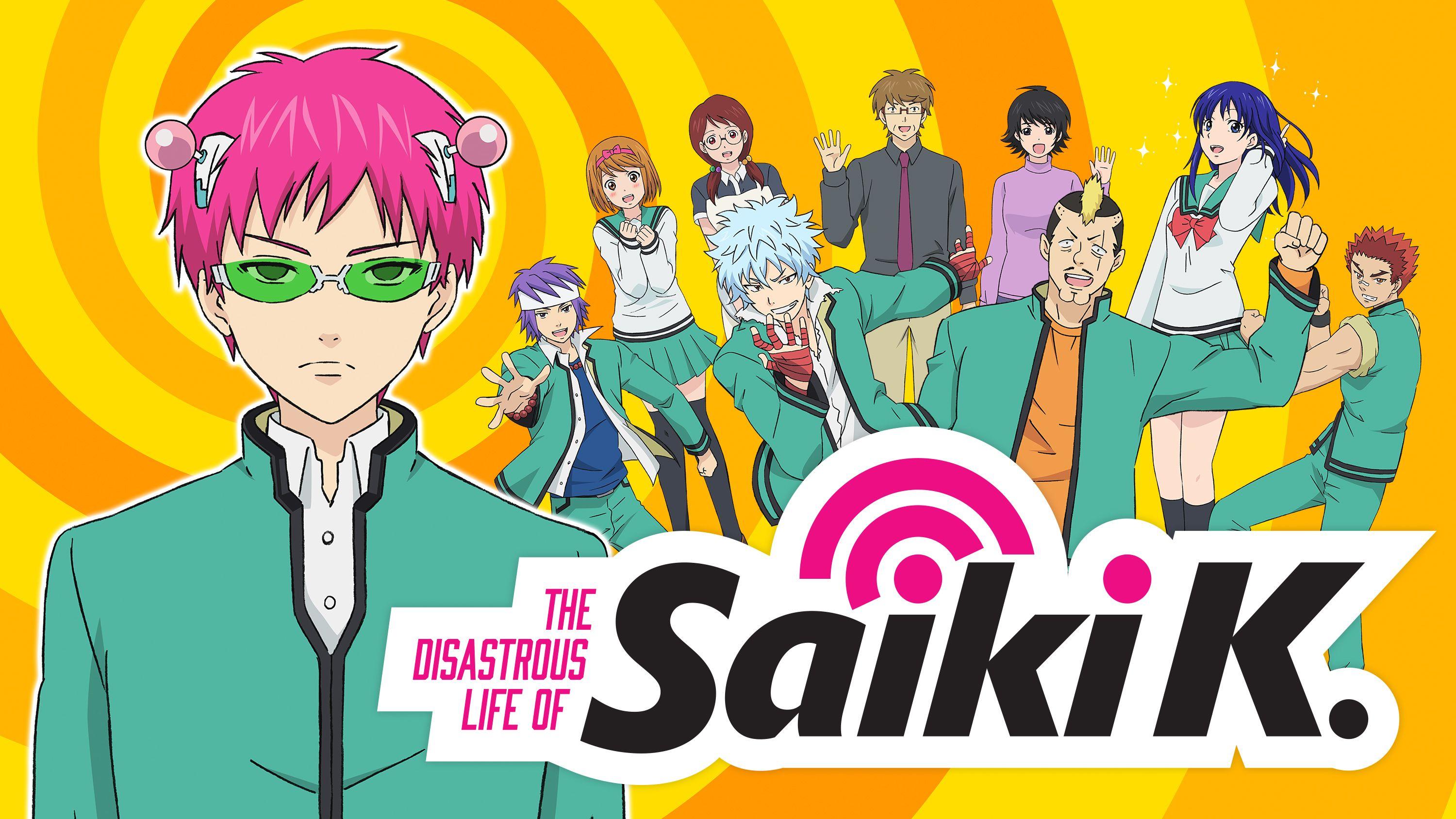Although it is not common knowledge, most of anime airing is broken up into what are known as seasons. These seasons, which roughly correlate with the actual beginning and ending of climate seasons, contain around 13 episodes of content per cour, with a cour essentially being a large story arc. This season, there are a few shows that I think are notable enough to give a once over.
In terms of new airing series, there are two interesting shows: Spy x Family and Shikimori’s Not Just a Cutie (Kawaii dake ja Nai Shikimori-san).
Spy x Family is one of the largest action comedy manga in Japan in terms of consumption. This is mostly due to how appealing it is to a large audience, not specifically targeting a certain group of people, like other serializations aim to do. Spy x Family follows Loyd Forger, also known as Twighlight, who is a spy, on a mission to investigate a foreign politician. In order to succeed in his mission, Loyd adopts orphan Anya, and marries Yor, posing as a family to infiltrate society. However, while each of them hold their own secrets, they come to realize that family is much more than blood.
The other new series, Shikimori’s Not Just a Cutie (Kawaii dake ja Nai Shikimori-san), follows high school couple Izumi and Shikimori in a comedic slice of life. The premise primarily focuses on Shikimori, who although seemingly being cute and fun, is also super capable and cool. Although not as prevalent as Spy x Family, it is still an up-and-coming show to look out for.
In terms of sequels to previously airing shows, season 3 of Kaguya-sama, Kaguya-sama wa Kokurasetai: Ultra Romantic, the second season of Komi-san wa, Comyushou desu, Komi-san wa, Comyushou desu. 2nd Season, and Tate no Yuusha no Nariagari Season 2 are the popular ones.
I have previously made posts about both Kaguya and Komi-san, but here is a brief synopsis. Kaguya is a romantic slice of life comedy where the Shuuchin Student council interacts with one another. The primary protagonists, Shinomiya Kaguya and Shirogane Miyuki, are in a constant battle to make the other confess to them. Komi-san is also a slice of life comedy, although with less focus on the romance. Komi Shouko has the goal of making 100 friends, and has Tadano help her. However, for the most part, she is unable to speak with people.
Tate no Yuusha no Nariagari Season 2 is the sequel to The Rising of the Shield Hero, which is a fantasy adventure isekai. Personally, I don’t like the show all too much, with certain themes being poorly executed and misrepresented. It is hard to get invested in a revenge plot where the characters act out in a way that makes them unlikeable.
Spring 2022 has a plethora of decent shows, as aforementioned, that are worth a watch. Although there are more shows that are possibly notable, I made it a point to reference the more popular and accessible series. After all, this season has great content and it would be a shame to miss it.
